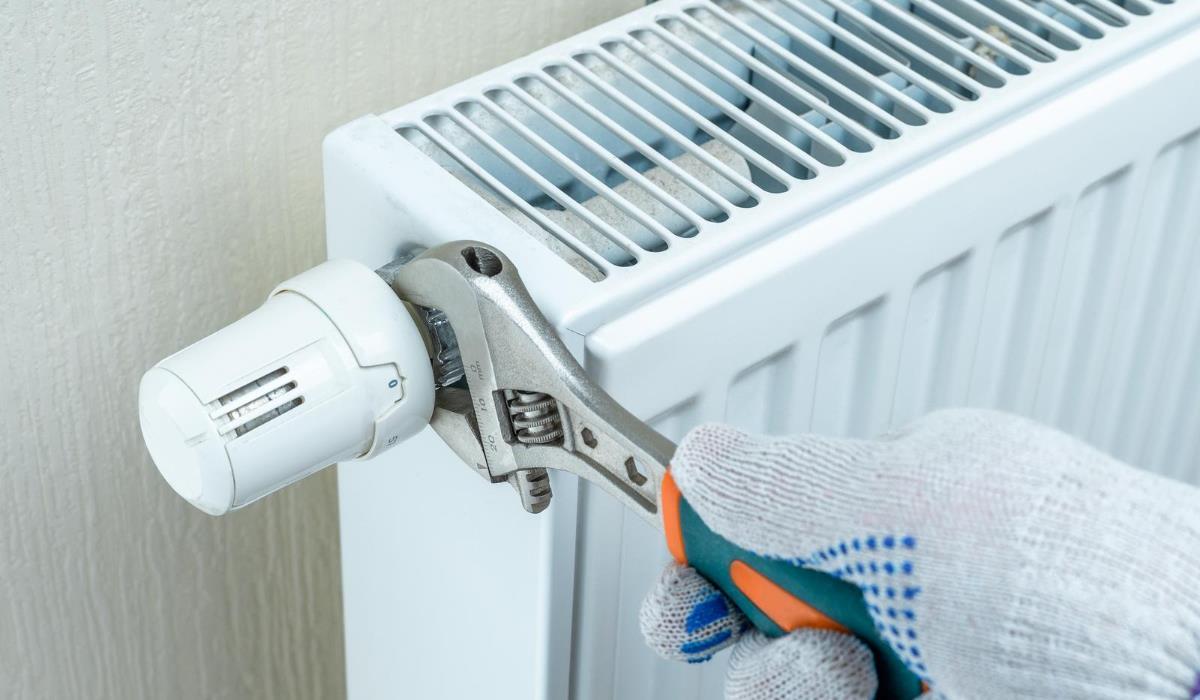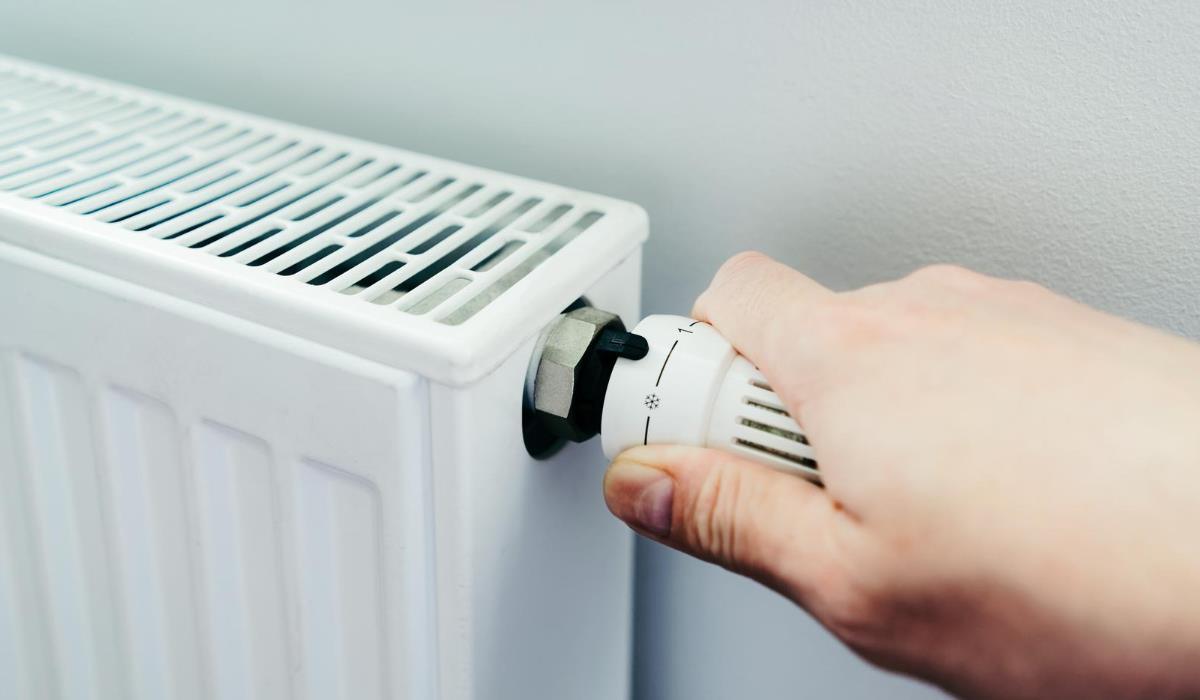The heating season requires efficient and effective operation of radiators in apartments and houses. However, the problem that often arises is the excess of air in the radiators, resulting from improper filling of the installation or leaks in the materials used for the production of pipes. How to recognize the infected one? Are there effective ways to vent the radiator?
Bleeding the radiator is a simple process that does not require much time or specialist knowledge. The time needed for this operation depends on the type of radiator and the air vent used. Automatic air vents operate automatically, controlled by a float that opens and closes the water valve. However, in the case of manual air vents, tools that will allow you to perform the process manually will be useful. While automation can save time, traditional solutions are more appreciated because regular venting improves the performance of the radiator and protects it from corrosion. Systematic venting allows you to avoid more serious and costly failures.
Signs that indicate a clogged radiator:
- The radiator is cold.
- Part of the radiator is warm and part remains cold.
- You hear water gurgling or whistling.
For people who prefer to use the help of a professional, it is possible to order a radiator venting service. This process is not complicated and time-consuming, and the cost of venting the radiator is on average from PLN 20 to PLN 30 per unit, depending on the location.
For those who want to bleed the radiator themselves, there are a few simple methods that will save you money and ensure that your radiator works properly. Before venting, prepare properly and choose the right method depending on the type of radiator.
Self venting of the radiator

Bleeding cast iron radiators requires two spanners, a water bowl and a towel. Turn off the thermostat or supply valve to avoid flooding the floor. Then unscrew the union on the hot water supply pipe until you hear a gurgling sound and see water leaking out. It is important not to unscrew the screw connection too much, so as not to expose yourself to high water pressure, which can damage the installation.
In the case of aluminum radiators, the procedure is similar, except that air vents are used in some models. In this case, turn off the thermostat, turn the radiator valve downwards and place a vessel into which the water will flow. Then, using the key, turn the screw in the white collar and tighten it when you hear the sound of released air. After carrying out the whole operation, set the thermostat and check that the radiator heats up evenly.
Summary
While venting radiators may seem complicated at first for some people, it becomes simpler and more intuitive with time. Regularly taking care of the condition of radiators will allow you to gain confidence and the ability to cope with this task on your own.
Bleeding the radiators yourself is an option that saves money and does not require much time. However, for those who do not feel confident, it is worth using the help of a professional who will provide a comprehensive service and ensure maximum psychological comfort at relatively low costs.



